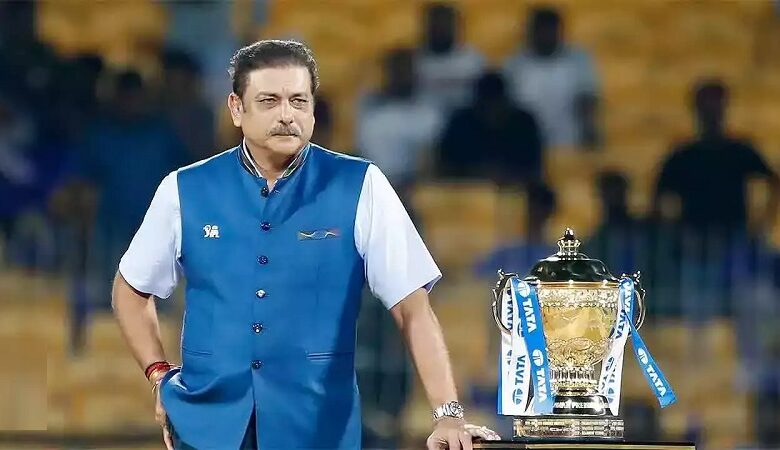Ravi Shastri On IPL’s Impact Player Rule: Sparking Debate and Dynamism

News Mania desk/Agnibeena Ghosh/16th May 2024
The Indian Premier League (IPL), a cricketing extravaganza that captivates millions worldwide, has been a stage for innovation and evolution. Among the recent developments stirring both excitement and contention is the Impact Player rule, a novel addition to the league’s framework. Spearheading the defense of this rule is former India coach Ravi Shastri, who lauds its role in delivering gripping conclusions to matches, despite dissenting voices from coaches and players.
In a candid conversation with Ravichandran Ashwin on his YouTube channel, Shastri articulated his support for the Impact Player rule, attributing the thrill of nail-biting finishes in the IPL 2024 to its implementation. He emphasized the need to adapt to the changing times, drawing parallels with innovations seen in other sports. Shastri’s endorsement underscores the belief that the rule has significantly influenced the competitive dynamics of the league.
At the heart of the Impact Player rule lies the provision for teams to introduce a 12th player, selected from a pool of five names revealed at the toss, into the playing XI. This strategic maneuver enables teams to tailor their lineup based on prevailing conditions, potentially tilting the balance of the game in their favor.
Shastri acknowledged the initial skepticism surrounding the rule, a common phenomenon with any new introduction. However, he emphasized the importance of evaluating its impact over time, especially considering the surge in high-scoring encounters witnessed in recent IPL seasons. The rule, according to Shastri, offers players the opportunity to seize crucial moments and contribute significantly to their team’s success.
While Shastri’s stance reflects optimism, Jay Shah, the secretary of the Board of Control for Cricket in India (BCCI), adopts a more measured approach. Shah acknowledges the ongoing deliberations regarding the rule’s future, indicating that its permanence is subject to review based on feedback from stakeholders. He underscores the rule’s role in facilitating greater participation of Indian players, a key aspect that resonates with the league’s ethos of nurturing domestic talent.
Contrary to Shastri’s endorsement, prominent voices within the cricketing fraternity have voiced reservations about the Impact Player rule. Indian cricket captain Rohit Sharma expressed concerns about its potential to hinder the development of all-rounders, emphasizing the essence of cricket as an eleven-player game. Sharma’s critique underscores broader apprehensions about the rule’s long-term implications on the sport’s fundamentals.
Delhi Capitals head coach Ricky Ponting strikes a more pragmatic tone, acknowledging the rule’s potential to enhance the spectacle of the IPL while conceding its challenges from a coaching perspective. Ponting’s acceptance of the rule’s utility in elevating the league’s entertainment quotient reflects the delicate balance between tradition and innovation in modern cricket.
Adding to the chorus of dissent is Kolkata Knight Riders’ Mitchell Starc, whose reflections shed light on the Impact Player rule’s impact on bowling strategies. Starc points to the rule’s influence on team compositions, resulting in deeper batting line-ups and higher scores, a trend observed throughout the IPL 2024 season. His observations underscore the multifaceted ramifications of the rule, extending beyond its immediate implications for gameplay.
Amidst the cacophony of opinions, the Impact Player rule emerges as a focal point of debate, symbolizing the IPL’s ongoing evolution. While proponents hail its role in injecting drama and unpredictability into matches, critics raise valid concerns about its potential to alter the traditional dynamics of the sport. As the league navigates this terrain of innovation and tradition, the fate of the Impact Player rule remains uncertain, poised at the intersection of experimentation and pragmatism in contemporary cricket.






